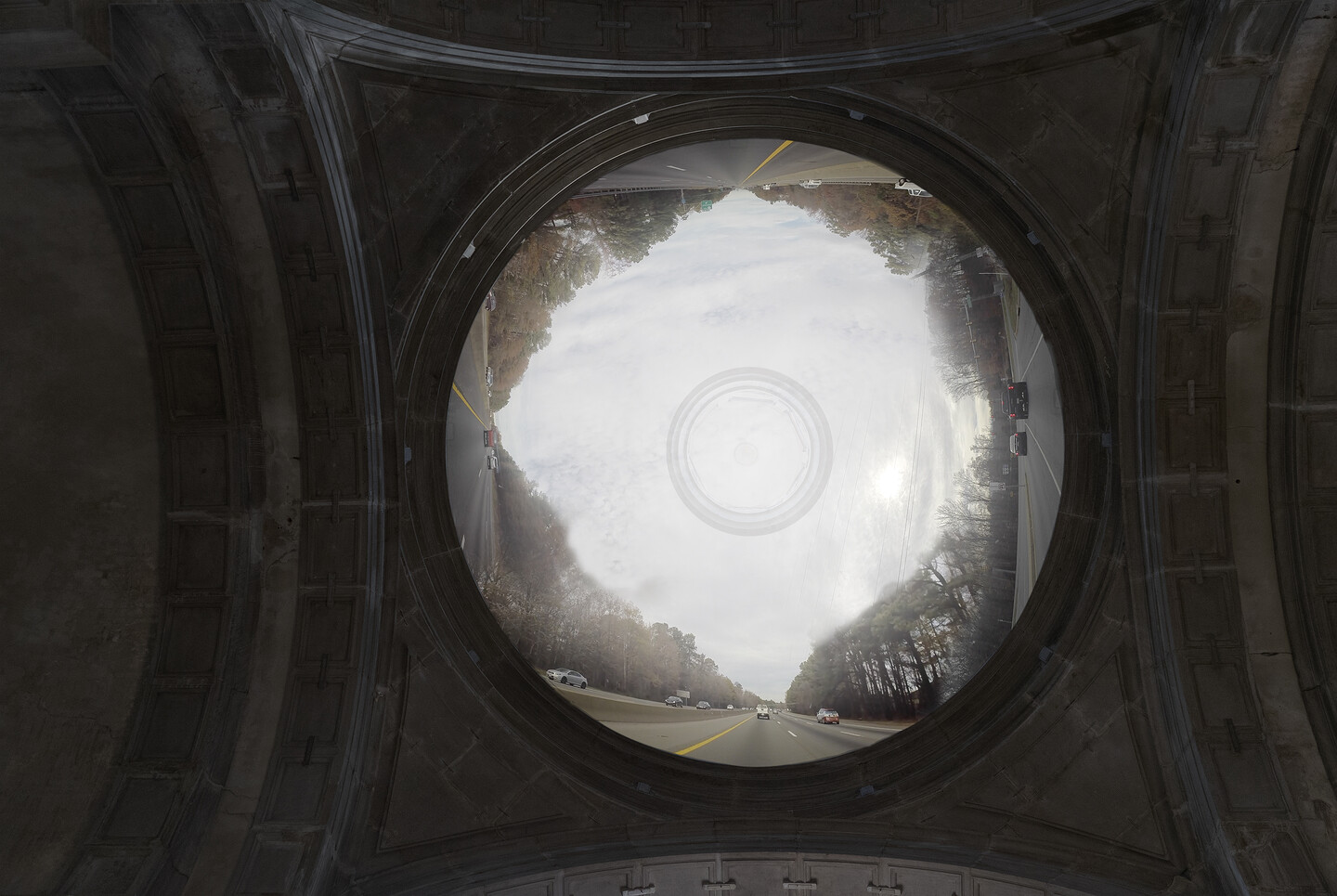Exhibition: September 13 until October 27, 2019 (in Spazju Kreattiv)
Download the full program here.
All events are held at Spazju Kreattiv, except for “Session 2:
Activism”, on Day 2, which will be held at Aula Prima, University of
Malta Valletta Campus . Please refer to details below and in the program.
VV XII conference registration:
https://www.eventbrite.com/e/video-vortex-xii-conference-tickets-63022752750
VV XII screening registration:
https://www.eventbrite.com/e/video-vortex-xii-screenings-tickets-63025027554
Special: ASMR workshop
https://www.eventbrite.com/e/video-vortex-xii-special-asmr-workshop-tickets-63027029542
Schedule of Video Vortex #12 Conference:
Day 1: Thursday – September 26, 2019
15:00: Video Vortex Pre-Screening: Dance: Please refer to the screening pages for the detailed screening schedule.
17:00: Opening of Video Vortex Conference
• Geert Lovink (Institute of Network Cultures, Amsterdam)
• Wilfried Agricola de Cologne: Curated screening – The W:OW
18:30: Opening Lecture & Performance
• @lbert figurt: Lecture: Desktop Horror
• Annie Abrahams, Lisa Parra and Daniel Pinheiro: Performance: DISTANT FEELINGS #6
20:00: Meet the Video Vortex Artists
• Vince Briffa and Michael Alcorn: OUTLAND
• Ryan Woodring: The oldest new structure
• Q&A with video vortex artists: Werther Germondari, Letta Shtohryn, Pablo Núñez Palma, Bram Loogman, Tivon Rice & Hang Li (together with Caroline Rosello)
Day 2: Friday – September 27, 2019
09:00: Welcome, Registration & Coffee
10:00: Session 1: Online Video Theory I
• Andrew Clay: The Extraordinary Adventures of Mr. Oakley in the Land of the Video Bloggers
• Karla Brunet: Online Video Cartography
• Ana Peraica: Disinterested and Dead: Spinning Visual Media Reporting Events
• Kathy Rae Huffman: ON/IN Time – video art from outsider to insider
12:00: Break
13:00: Session 2: Activism
NOTE: this session is at a different Venue: Aula Prima, University of Malta Valletta
Campus
• Donatella della Ratta: The vanished image: who owns the archives of the Arab uprisings?
• Aishwarya Viswanathan: Staged Fear: Real and Imagined Audiences of Mob Lynching Videos in India.
• Confusion of Tongues: Moving Membranes
• Miguel Oliveros Mediavilla: Dictature 4.0: ‘La prison à plein air’
15:00: Break
16:00: Session 3: Streaming & Platforms
• Dino Ge Zhang: A Theory of Livestreaming Video
• Andreas Treske and Aras Ozgun: Narrative Platforms: Towards a Morphology of New Audience Activities and Narrative Forms
• Tomasz Hollanek: The Netflix Clinic: (experi)Mental Entertainment in the Age of Psychometrics
• Antonia Hernandez: There’s something compelling about real life: early webcam tropes on current sexcam platforms
Special: ASMR workshop (parallel session on invitation only)
Lucille Calmel & Damien Petitot: Soft Screens Soft Skins Soft: an ASMR workshop
18:00: Break
20:00: Video Vortex evening screening
Please refer to the screening pages for the detailed screening schedule.
Day 3: Saturday – September 28, 2019
09:00: Welcome, Registration & Coffee
09:30: Special: Breakfast Screening
• Colette Tron: Screening: Digital images and films, what’s the matter?
10:00: Session 4: Online Video Theory II
• Colette Tron: Digital images and films, what’s the matter?
• Mitra Azar: From Selfie to Algorithmic Facial Image
• Jack Wilson: PLAYING FROM ANOTHER ROOM
• Chris Meigh-Andrews: EDAU Artists’ Film and Video Study Collection
12:00: Break
13:00: Session 5: Experiments in Aesthetics
• Dan Oki: The Absence of Telepresence
• Hiroko Kimura-Myokam: Video hosting service as a presenting space and a repository
• Patrick Lichty: Not Really Like Being There
• Richard Misek: A Machine for Viewing: a virtual reality video essay
15:00: Break
16:00: Session 6: Workshops/lecture on tech issues
• Pablo Núñez Palma and Bram Loogman: Jan Bot
• Heiko Recktenwald: Montage der Sensationen
• Adnan Hadzi, Simon Worthington and Oliver Lerone Schultz: VV12 after.video book
Special: ASMR workshop (parallel session on invitation only)
Lucille Calmel & Damien Petitot: Soft Screens Soft Skins Soft: an ASMR workshop
18:00: Closing Ceremony
• Andrew Alamango and Andrew Pace: Magna Żmien (Time Machine)
• Judit Kis: Practices Beyond the SELF
Day 4: Sunday – September 29, 2019
14:00: Replay Day
Please refer to the screening pages for the detailed screening schedule.
Schedule of Video Vortex #12 Screenings:
Day 1: Thursday – September 26, 2019
15:00: Pre-VV12 Screening: Dance
• Rita Al Cunha: Error 500, 1:44
• Daniela Lucato: When I dance, 67 min.
• Vito Alfarano: I have a dream, 11:00
17:00: Curated screening – The W:OW
Wilfried Agricola de Cologne, 61 min
Day 2: Friday – September 27, 2019
20:00: Screening I: Structures
• Adam Fish: Points of Presence, 18:46
• Albert Merino: Bestiary, 5:10
• Lotte Louise de Jong: BRB, 5:25
• Esther Polak and Ivar van Bekkum: Go Move Be, 9:50
• Samantha Harvey: Auto tune me, 4:31
21:00: Screening II: Internet, Sadness, Love
• Andres Azzolina: Puntomov, 15:15
• Glasz DeCuir: Yes I saw an angel, 2:37
• María José Ribas: Torremolinos Match, 8:51
• Pedro Gomes: Mutilated Dreams, 10:22
• Salvador Miranda: Aim Down Sights, 7:30
22:00: Screening III: Myself Any Other Night
• Sofia Braga: I stalk myself, 13:26
• María José Ribas: Seismographical, 2:03
• Zimu Zhang & Zheng Lu Xinyuan: Just like any other night, 29:33
Day 4: Sunday – September 29, 2019
14:00: Screening I: Structures
• Adam Fish: Points of Presence, 18:46
• Albert Merino: Bestiary, 5:10
• Lotte Louise de Jong: BRB, 5:25
• Esther Polak and Ivar van Bekkum: Go Move Be, 9:50
• Samantha Harvey: Auto tune me, 4:31
15:00: Screening II: Internet, Sadness, Love
• Andres Azzolina: Puntomov, 15:15
• Glasz DeCuir: Yes I saw an angel, 2:37
• María José Ribas: Torremolinos Match, 8:51
• Pedro Gomes: Mutilated Dreams, 10:22
• Salvador Miranda: Aim Down Sights, 7:30
16:00: Screening III: Myself Any Other Night
• Sofia Braga: I stalk myself, 13:26
• María José Ribas: Seismographical, 2:03
• Zimu Zhang & Zheng Lu Xinyuan: Just like any other night, 29:33
17:00: Screening IV: The W:OW
• Wilfried Agricola de Cologne: Curated screening – The W:OW (ca 60 min.)
18:00: Screening V: Crash Theory
• Adam Fish: Crash Theory, 45:00




